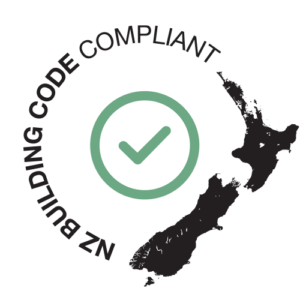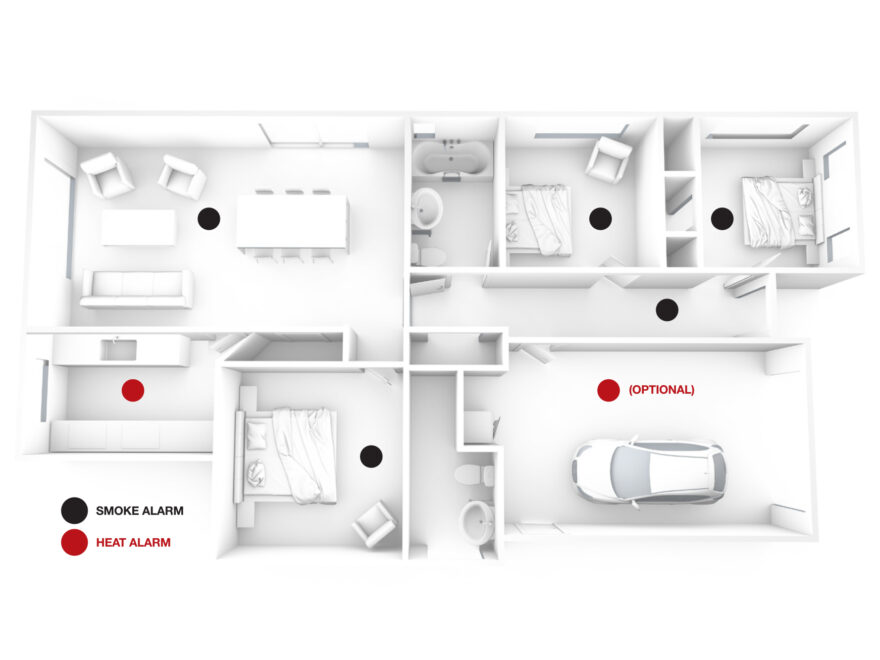
From November 2023 the Building Code Acceptable Solutions for Protection from Fire(C/AS1 and C/AS2) will be amended to make interconnected smoke alarms the minimum fire safety system for new built homes and substantial renovations, citing NZS 4514:2021 – Interconnected smoke alarms for Houses.
In May 2022, MBIE consulted with the industry on acceptable solutions and verification methods for complying with the Building Code.
The consultation process closed on 1 July 2022 and received overwhelming positive support as the changes are intended to increase the protection of people in residential homes from fire and bring the requirements for fire safety systems in line with the latest industry standards.
What are the changes?
The Building Code Acceptable Solutions for new builds and substantial renovations will require that all smoke alarms must be powered by either a 10 year long-life battery (sealed and non-removable) or hardwired mains supply, all alarms in the household unit must interconnect with each other – either wirelessly or wired, a smoke alarm must be installed in all bedrooms, living spaces, hallways and landings within the building.
The smoke alarms must meet the following compliance standards; AS3786, BS EN 14604, UL 217, CAN/ULC S531 or ISO 12239. All alarms must contain a hush and test button. Where a kitchen or scullery is separated from the living spaces and hallways, by doors that can be closed, an alarm specified by its manufacturer as suitable for a kitchen must be installed in the kitchen. This may be a heat alarm to avoid nuisance activations.
The changes will have a 12-month transition period ending in November 2024.
All smoke alarms must be either powered by a long-life (min 10 years, sealed) battery or mains power.
![]()
All smoke alarms must be interconnected with each other, this can either be wireless or wired. The CAVIUS Wireless Family alarms connect with each other wirelessly, without the need to run cable between each alarm. Interconnecting the CAVIUS Wireless Family alarms is a simple and quick process.
![]()
A smoke alarm must be installed in every bedroom, living spaces, hallways, and landings within the dwelling. On a multi-level household unit, there must be at least one smoke alarm on each level. If the kitchen is separated from the living spaces and hallways by doors that can be closed, a heat alarm shall be installed. This may include the scullery.


